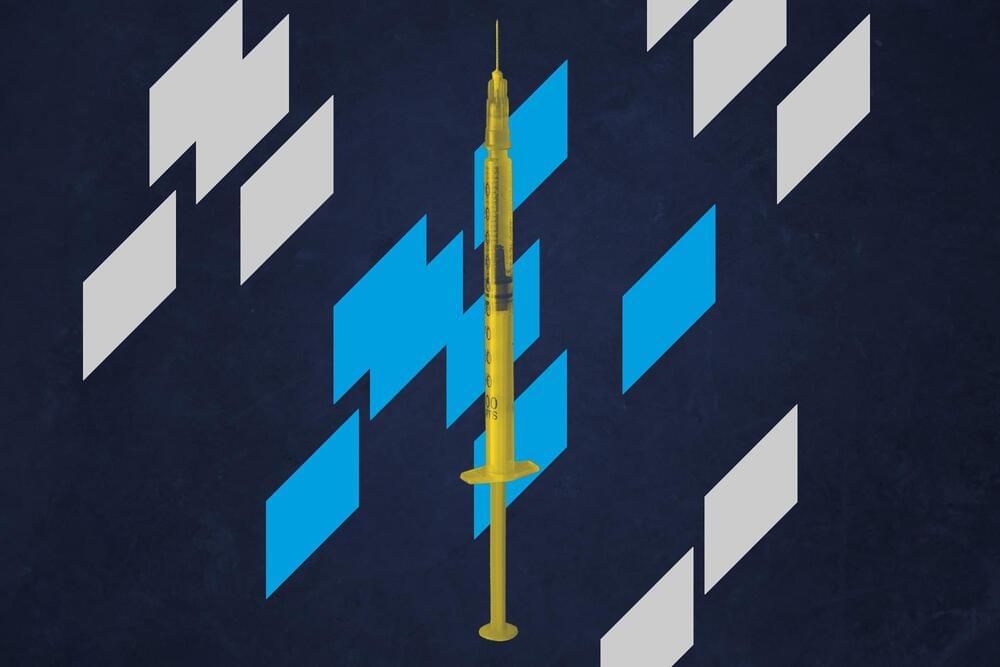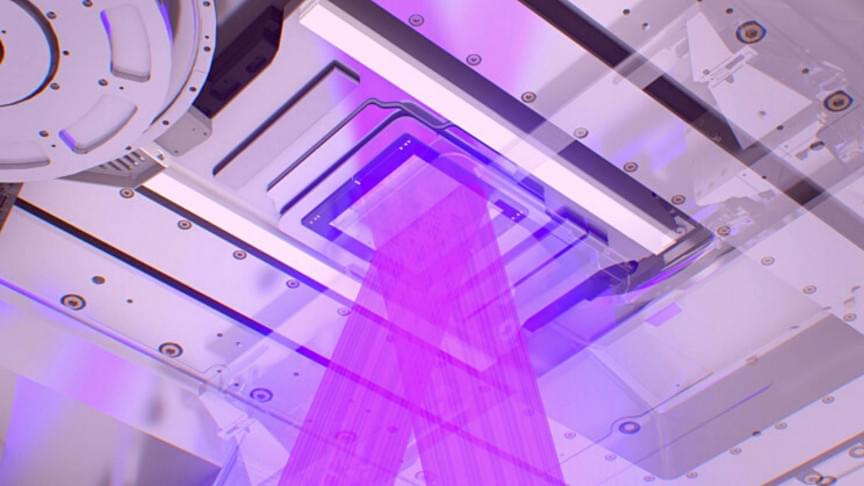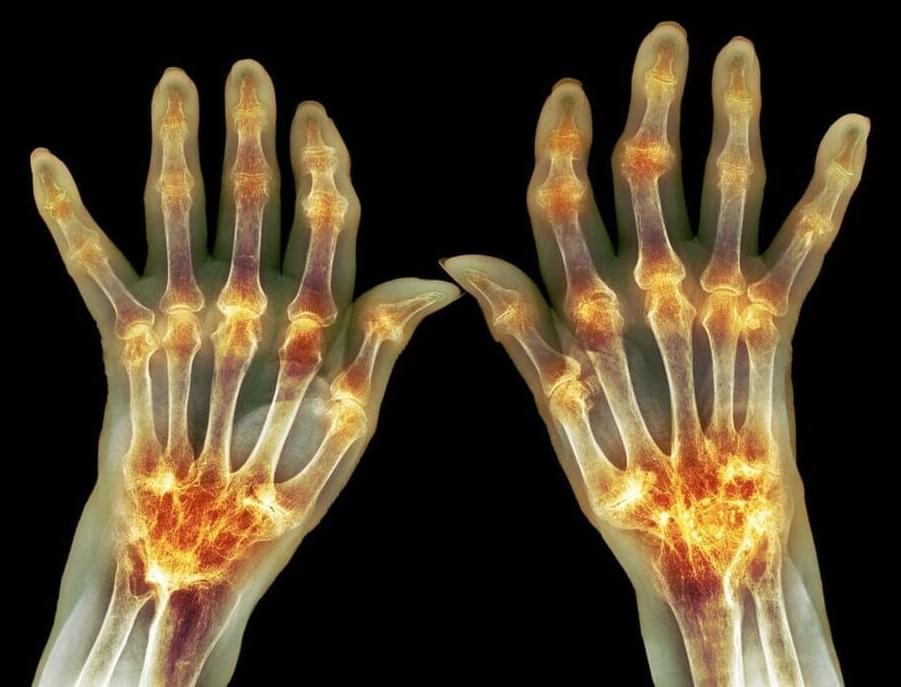The Prime Minister, Boris Johnson, has reiterated that the Taliban must meet certain terms if they want frozen funds to be released to them.
Addressing several pots of money that have been frozen, the Prime Minister once again insisted that the Taliban must meet the West’s demands in order to access the funds.
Mr Johnson has recently said: “If the new regime in Kabul wants diplomatic recognition, or to unlock the billions that are currently frozen, they will have to ensure safe passage for those who wish to leave the country, to respect the rights of women and girls, to prevent Afghanistan from, again, becoming an incubator for global terror, because that would be disastrous for Afghanistan.”
Get the latest headlines: https://www.telegraph.co.uk/
Telegraph.co.uk and YouTube.com/TelegraphTV are websites of The Telegraph, the UK’s best-selling quality daily newspaper providing news and analysis on UK and world events, business, sport, lifestyle and culture.







